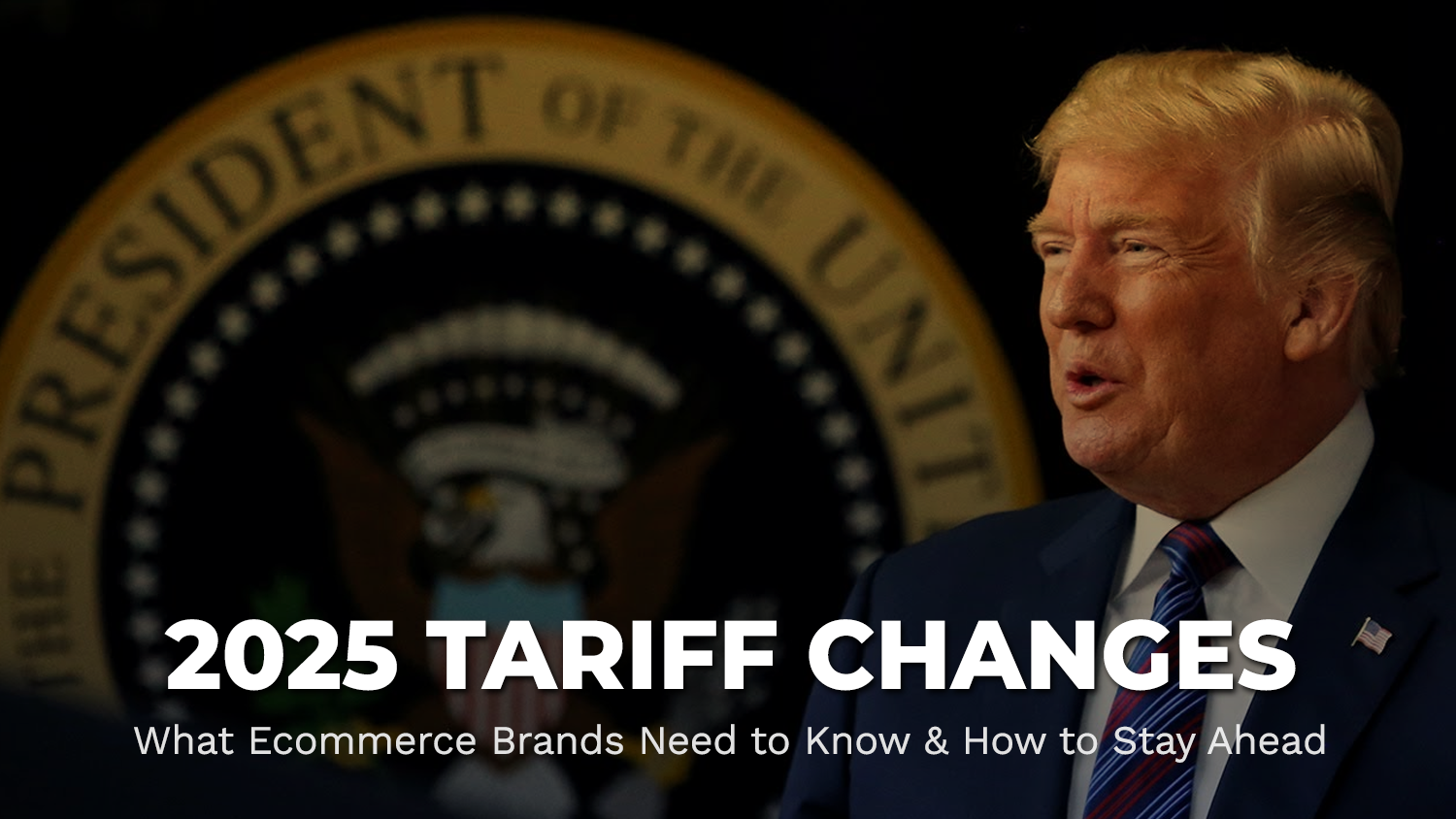
written by Chris
Fall 2024
AI for SEO in 2025: Adapting to AI Search, Voice, and Zero-Click Trends
SEO is changing faster than ever. With Google’s AI-driven algorithms, voice search, and zero-click results taking over, businesses must adapt to stay ahead. Traditional SEO tactics are no longer enough—marketers need to optimize for conversational queries, structured data, and user intent rather than just keywords.
In this guide, we’ll break down how SEO is evolving in 2025 and what businesses must do to rank higher, increase visibility, and drive organic traffic despite zero-click trends.
1. The Rise of AI-Driven Search: How It’s Changing SEO
Google’s AI-powered search algorithms—like Google MUM (Multitask Unified Model) and BERT (Bidirectional Encoder Representations from Transformers)—are transforming how search results are ranked. These AI models can understand context, intent, and even multiple languages in a way that traditional search engines couldn’t before.
How This Affects SEO:
✅ Intent-Based Optimization: Google prioritizes search intent over keywords. Content must answer specific user queries concisely.
✅ AI-Generated Content Recognition: Google can now differentiate between AI-generated vs. human-generated content. High-quality, authentic content is key.
✅ Semantic Search: Google understands related topics, synonyms, and entities, so content should focus on themes rather than just keywords.
🔹 Actionable Tip: Use natural language processing (NLP) tools to optimize content for AI search understanding. Focus on long-tail, conversational keywords.
2. Voice Search Optimization: Preparing for the Surge
With the rise of smart assistants like Siri, Alexa, and Google Assistant, more searches are happening via voice. In 2025, over 50% of all searches are expected to be voice-based.
What This Means for SEO:
✅ Conversational Keywords: Users speak differently than they type. SEO content should mimic natural speech patterns.
✅ Question-Based Content: Voice searches often start with “Who,” “What,” “Where,” “How.” Optimizing for FAQ-style content is crucial.
✅ Local SEO Focus: “Near me” searches are common in voice queries. Businesses must optimize Google My Business listings and location-based content.
🔹 Actionable Tip: Implement FAQ schema markup on your website and create short, direct answers to common industry questions.

3. The Challenge of Zero-Click Searches: How to Win
Zero-click searches—where users get answers directly from Google (without clicking on a website)—are dominating search results. Google’s featured snippets, knowledge panels, and People Also Ask (PAA) boxes reduce click-through rates (CTR).
How to Optimize for Zero-Click SEO:
✅ Target Featured Snippets: Structure content to appear in position zero by using concise, data-driven answers to common questions.
✅ Optimize for People Also Ask (PAA) Boxes: Answer related questions in your content to increase visibility.
✅ Use Schema Markup: Structured data helps Google understand and display your content in rich results.
🔹 Actionable Tip: Identify high-volume zero-click queries in your niche and create direct answer-based blog posts optimized for featured snippets.
4. Core Web Vitals & UX: Google's User-Centric SEO Approach
Google’s Core Web Vitals have become ranking factors. If your website loads slowly or has poor UX, your rankings will drop.
Key Factors to Optimize:
✅ Page Load Speed: Google favors fast websites. Use CDNs, image compression, and lazy loading to improve speed.
✅ Mobile Optimization: Over 70% of traffic is mobile—ensure a responsive design for a smooth experience.
✅ Engaging Content: High dwell time and low bounce rates signal quality. Make content visually engaging and interactive.
🔹 Actionable Tip: Run a Google PageSpeed Insights test and improve your largest contentful paint (LCP) and cumulative layout shift (CLS) scores.
5. Video SEO: The Future of Search Rankings
By 2025, over 80% of online content will be video. Google now indexes and ranks video content just like text.
How to Optimize for Video SEO:
✅ Transcribe Videos: Adding closed captions and transcripts improves rankings.
✅ Optimize Video Titles & Descriptions: Use relevant keywords, timestamps, and structured data to boost visibility.
✅ Host on YouTube: YouTube is the second-largest search engine. Embedding videos improves engagement and rankings.
🔹 Actionable Tip: Create how-to and explainer videos optimized with timestamped summaries and schema markup.
6. E-E-A-T & Content Authenticity: Building Trust
Google’s E-E-A-T (Experience, Expertise, Authoritativeness, Trustworthiness) guidelines are crucial for rankings. In 2025, AI can detect low-quality, unoriginal content.
How to Improve E-E-A-T:
✅ Showcase Expertise: Have author bios, credentials, and references for credibility.
✅ Cite Trusted Sources: Link to high-authority sites to boost trust signals.
✅ Regular Content Updates: Keep content fresh and updated to maintain rankings.
🔹 Actionable Tip: Conduct quarterly content audits to refresh and update existing content for relevance.
Final Thoughts: The Future of SEO in 2025
SEO in 2025 is all about AI-driven search, voice optimization, and adapting to zero-click results. Businesses must focus on user intent, structured data, and content authenticity to stay ahead.
🔹 Want to future-proof your SEO strategy? Let Excellorix help you optimize for the latest search trends and boost your rankings! 🚀






